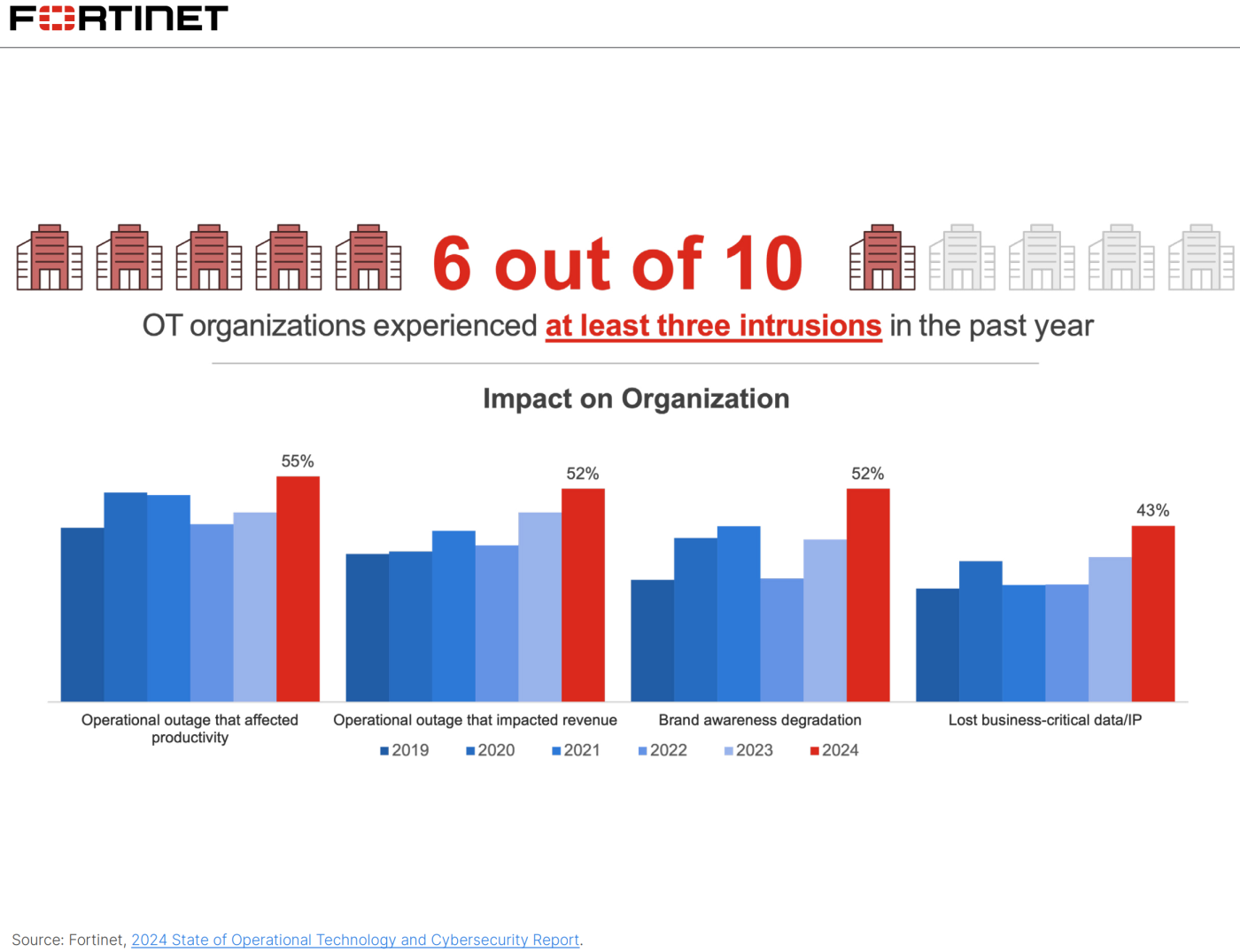Building Strong Connections: Why Network Security and a DMZ Matter
As technology continues to connect the plant floor with business systems, companies are finding new ways to work smarter and faster. At Opus Integration, we help bridge that gap — linking operational technology (OT) systems with enterprise applications to improve data flow, visibility, and performance.
With this increased connectivity comes an important responsibility: making sure that information moves securely between environments. A well-designed network — supported by proper segmentation and a DMZ (demilitarized zone) — helps keep everything running smoothly and safely.
Keeping Operations Connected and Protected
Modern plants rely on both IT (information technology) and OT (operational technology) systems. These two areas used to operate separately, but today they’re more connected than ever. That connection allows better insight into production, easier maintenance, and smarter decision-making — all things that Opus Integration helps our clients achieve.
However, linking these systems also introduces complexity. Some older OT devices were never designed with modern cybersecurity in mind. By building a thoughtful network structure, businesses can ensure new connectivity doesn’t come at the cost of reliability or safety.
Layered Protection Starts with Segmentation
A strong network design uses segmentation — dividing systems into smaller zones or layers. This makes it easier to manage, monitor, and protect data as it moves through different parts of an operation.
Cisco and Fortinet both recommend a layered, or “defense-in-depth,” approach. Rather than relying on one tool to handle security, they suggest combining multiple strategies:
- Visibility tools to understand what’s happening on your network.
- Firewalls and access controls to manage who and what can connect.
- Monitoring and alerting systems to identify unusual activity early.
This layered approach aligns perfectly with how Opus Integration designs and supports connected systems — emphasizing reliability and performance at every level.
The Role of a DMZ (Demilitarized Zone)
A DMZ is a controlled zone within your network that safely connects internal systems to external or enterprise networks. It acts as a middle ground where data can be shared without exposing critical systems directly.
For example, an Industrial DMZ (IDMZ) might host shared resources like data historians, file servers, or reporting tools that exchange information between OT and IT. Cisco and Fortinet both highlight how a DMZ helps organize traffic, enforce consistent policies, and simplify troubleshooting — all while improving overall security posture.
How Opus Integration Helps
At Opus Integration, we design and implement control and data systems that keep efficiency and security in balance. Our team focuses on:
- Establishing clear boundaries between IT and OT environments.
- Routing data through secure, well-monitored zones.
- Integrating visibility and monitoring tools for proactive management.
- Designing with scalability and ease of maintenance in mind.
With the right foundation, companies can confidently connect their plant floor and business systems — gaining valuable insights without compromising reliability.
A secure network and well-planned DMZ aren’t just about protection — they’re about enabling innovation. They allow companies to connect safely, collaborate efficiently, and grow sustainably.
At Opus Integration, our mission is to make those connections seamless, dependable, and secure — so your team can focus on what really matters: running smarter, stronger operations every day.

Sources:
https://www.fortinet.com/content/dam/fortinet/assets/buyers-guide/buyers-guide-ot-security.pdf
https://www.fortinet.com/resources/cyberglossary/what-is-dmz
